Possumhaw berries blazing at winter’s end
It’s the in-between season in Austin, when Mexican plums and redbuds and daffodils color the twiggy landscape, but winter still lingers in bleached grasses, cut-back perennials, and piles of soggy leaves. Into the breach, the ripe berries of possumhaw holly (Ilex decidua) blaze a most unspringlike, cheery red, even as its first unfurling leaves give hints of green along the tips of its branches.
This is the possumhaw’s finest moment, between late winter and spring — assuming hungry mockingbirds or migrating flocks of cedar waxwings haven’t harvested the berries for a tasty lunch. My own garden’s possumhaw was stripped bare a couple of weeks ago. But others in my neighborhood still glisten with red berries, and so do several beautiful specimens at the G. B. Dealey Center for New Media (renamed from the Belo Center in 2021) on the UT campus, where I shot these photos on Saturday.
Amid the reds, there are even a couple of orange-berried possumhaws, which show off nicely against the Dealey Center’s gray walls.
The landscaping at the Dealey Center, which was designed by Christy Ten Eyck’s firm, has other interesting elements, even in winter. A biofiltering rill runs through the garden, dropping down a concrete spillway, with grassy bog plants providing a splash of green.
The sword-like leaves of blue-green paleleaf yucca (Yucca pallida) add cool color year-round. This one is planted in the center of a concrete table in a small plaza with built-in benches.
Others line up in rows, offering a cool counterpoint to the blazing possumhaws holding center stage for a little bit longer.
To read more about the Dealey Center’s unique water-saving landscaping, click for a post I wrote about it in 2015.
I welcome your comments; please scroll to the end of this post to leave one. If you’re reading this in a subscription email, click here to visit Digging and find the comment box at the end of each post.
_______________________
Digging Deeper: News and Upcoming Events
Calling all garden bloggers! You’re invited to register for the annual Garden Bloggers Fling tour and meetup, which will be held in Austin this May 3rd-6th! Click this link for information about registering, and you can see our itinerary here. Space is limited, so don’t delay. The 2018 Fling will be the event’s 10th anniversary, which started in Austin in 2008.
Join the mailing list for Garden Spark Talks! Inspired by the idea of house concerts, I’m hosting a series of garden talks by inspiring designers and authors out of my home. Talks are limited-attendance events and generally sell out within just a few days, so join the Garden Spark email list for early notifications. Simply click this link and ask to be added.
All material © 2006-2018 by Pam Penick for Digging. Unauthorized reproduction prohibited.


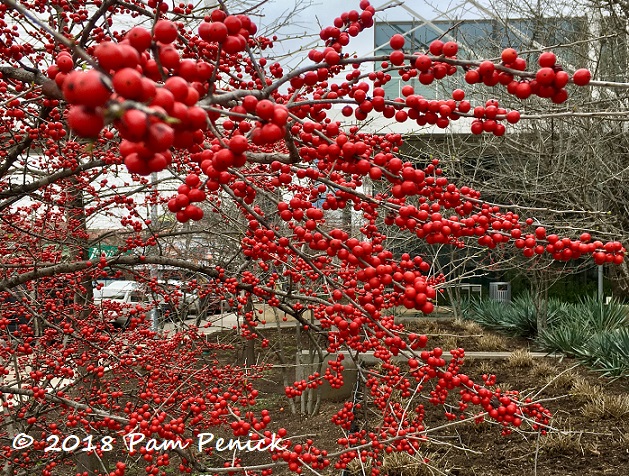
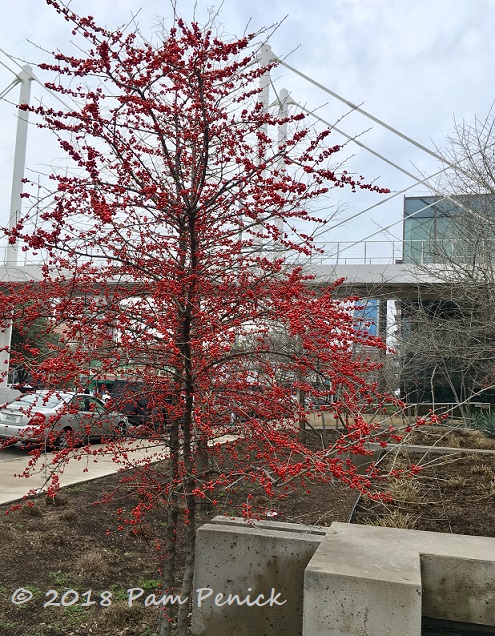
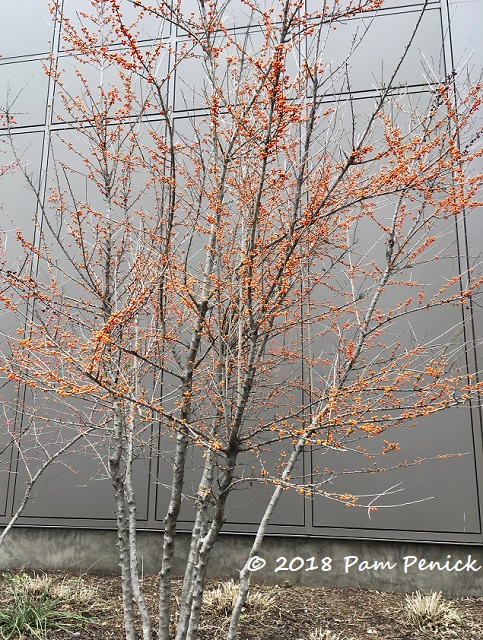
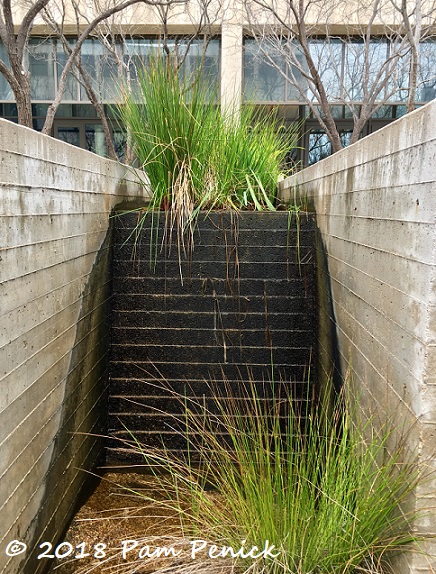
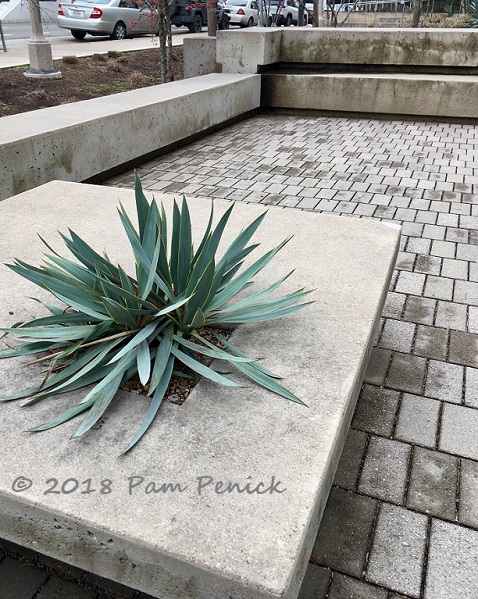
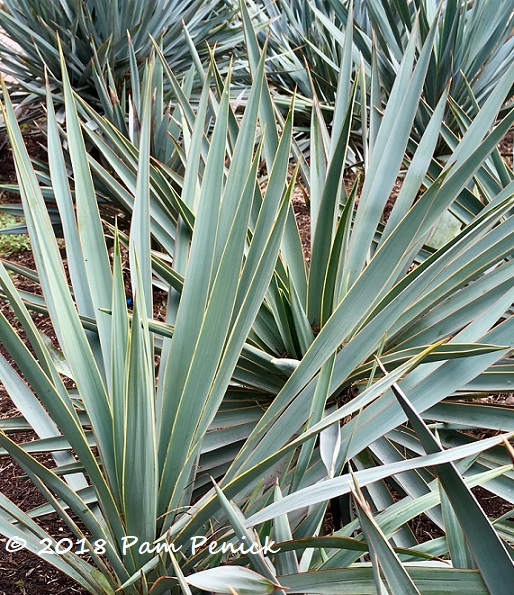
Pretty place and I really like the berries.
Those berries were a showstopper on a gray day. —Pam
Stunning berries on both versions!
They really are. I can’t imagine why the birds haven’t found them yet. —Pam
I’ve wanted a possum haw for sooooo long. Can you buy them at a nursery?
You bet, Ann — at least, I see them often in Austin nurseries, especially in fall when the berries show up. You must get a female possumhaw holly if you want the berries, so ideally shop in fall/winter when it’ll have berries on it (so you can be sure). Of course a male (non-berrying) holly is required to pollinate the female’s flowers in order to get the berries. So if you have room, buy one of each. But any male yaupon holly in the area will pollinate a possumhaw — it doesn’t have to be another possumhaw — so you’re probably fine if you live where there are native yaupons around. —Pam
I would like a red-berried possumhaw holly in my garden; I don’t have enough winter interest. I believe it adapts to a wide range of soils. I’ve put it on my wish list. Love your pictures from the Belo Center. P. x
Yes, it’s native to a wide swath of the South and Midwest. It likes moisture, favoring bottomlands and ditches in nature, although it’s adaptable once established, so be sure to give it ample moisture to get it established. Full sun for best berries. —Pam